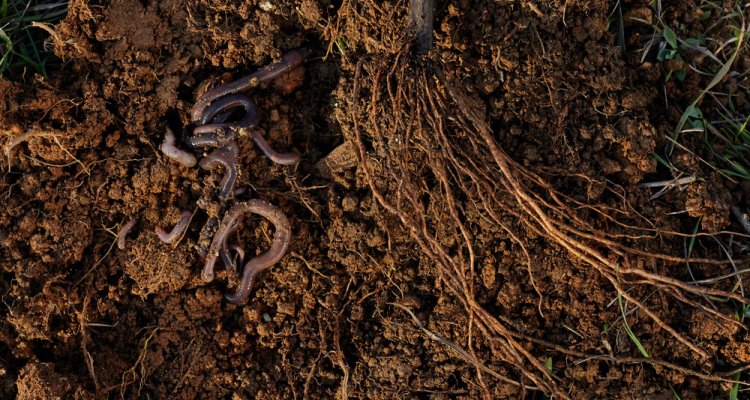
Project
Soil quality and ecosystem services (SIREN)
Based on CAP, Green Deal and SDGs, the EU is considering in the Mission on Soil Health the goal of having at least 75% of all soils healthy and able to provide functions and services by 2030 (MBS 2020). To make this possible, there is a major scientific challenge to elaborate suitable indicators, with associated reference values (natural background), target values (e.g. in the light of sustainable soil management) and threshold values (target values triggering action). In the light of these developments, LNV is preparing to monitor and steer soil quality and ecosystem services to which soil contributes. LNV wants all soils in the Netherlands to be used sustainably by 2030. This requires indicators for both soil quality and health and the potential and actual extent of ecosystem services. Various projects are underway on indicators for soil quality and their monitoring. With regard to soil health and broadening sustainable use and integrating management and policy towards other environmental compartments, including on the basis of natural capital and ecosystem services, some knowledge and communication between the parties concerned still need to be developed. There is a need for a picture of variation in the level of soil quality and that of ecosystem services (level in relation to threshold values, reference values and target levels).
This project concerns an inventory and synthesis of indicators used in assessing soil quality and ecosystem services in agricultural landscapes, based on scientific literature and as implemented by EU member states. A link between soil quality and ecosystem services makes sense when evaluation of management and policy puts more emphasis on aspects of sustainable land use (Mission on Soil Health, 2020). There is close cooperation with the SIREN project within EJP SOIL for input from the EU. Based on literature and discussions with stakeholders, a conceptual framework will be developed in which indicators for ecosystem services are included in a logical, quantitative relationship with indicators for soil quality. Here land use is distinctive, and the project follows an integrative approach that can apply to natural and agricultural soils. However, a distinction is made if necessary in target values (reference images) for agricultural and nature soils. Based on the results obtained, further development options will be worked out and knowledge gaps identified, partly for the benefit of European research and policy agendas.